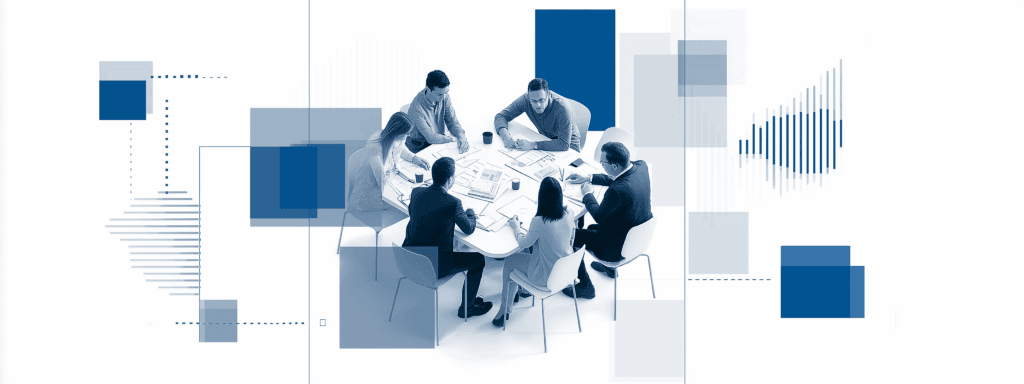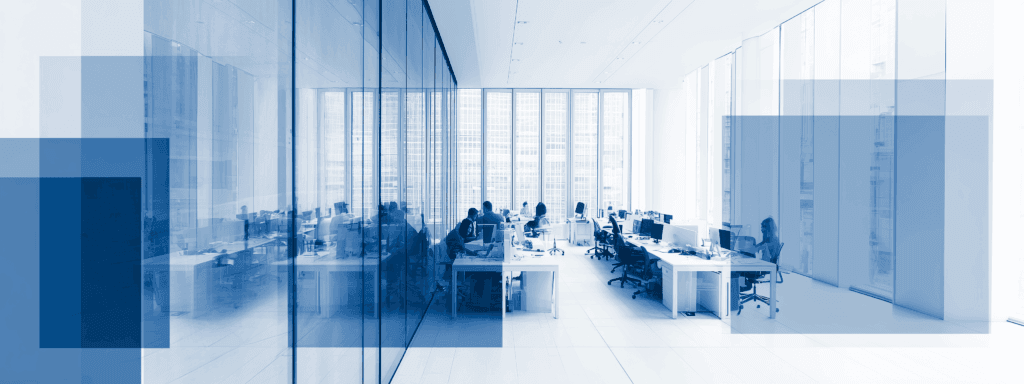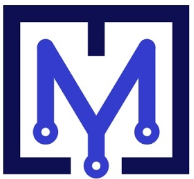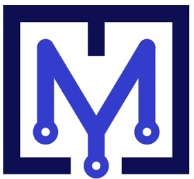How World-Class Workplace Research Proves the Need for Better Occupancy Data, and How MySeat Can Help
The New Post-Pandemic Workplace Challenges
Across the globe, HR and Corporate Real Estate (CRE) leaders face a new set of post-pandemic challenges:
How do we make offices relevant again?
How do we prove ROI on space investments?
How do we ensure employees are supported, engaged and choosing to come in?
Many organisations are moving past reactive downsizing and now trying to optimise their portfolios and hybrid workplace strategies. But as leading workplace researcher Dr. Peggie Rothe of Leesman reminds us: too many decisions are still being made in the dark.
Leesman’s global research, based on more than 1.4 million employee surveys, clearly shows that workplace design, variety, and usability have a massive impact on both employee wellbeing and business outcomes. And their findings strongly reinforce the need for accurate occupancy data, not just assumptions.
In this article, we explore 4 key takeaways from Dr. Rothe’s insights and how MySeat’s data-driven workplace platform can help HR and CRE leaders close the gaps.


1️⃣ Variety Is Crucial — But Only When It’s Used Well
One of Leesman’s core findings: the best workplaces provide true variety; spaces for collaboration, quiet focus, social interaction, and recharge. The office needs to support a wide range of workstyles and activities.
But many organisations only design for variety on paper. Without accurate occupancy data across various resources, leaders can’t see if these spaces are actually used or if they are falling short.
At MySeat, our sensor-driven platform continuously monitors real-time usage of:
- Hotdesks and shared workstations
- Collaboration spaces
- Quiet rooms
- Lounges and social spaces
- Hotdesks and shared workstations
- Specialty or technical zones
We help CRE and HR leaders understand:
- Which spaces are truly supporting hybrid work
- Where gaps in variety exist
- How to better align space supply with user demand
2️⃣ Overcrowding and Friction: The Hidden Drivers of Employee Frustration
Leesman’s research also warns that overcrowding and lack of choice are major drivers of frustration:
“If employees arrive at the office and struggle to find a suitable place to work, frustration and disengagement will quickly follow.”
Hybrid work means that space demand now varies dramatically from day to day. Static assumptions or anecdotal feedback simply can’t capture these patterns.
MySeat’s occupancy analytics reveal:
✅ Peak demand patterns across days and weeks
✅ Real-time availability of different resource types
✅ Friction points — where spaces fill too quickly or too slowly
This enables HR and CRE leaders to:
- Design better return-to-office policies
- Avoid frustrating overcrowding
- Improve the perceived value of office days

3️⃣ The Danger of “Designing in the Dark”
As Dr. Rothe points out: “Too often, millions are spent on an office redesign without any input from the people using it every day.” It’s a costly risk — one MySeat helps leaders avoid. By providing continuous, cumulative data on how various spaces are used (or under-used), we allow HR and CRE teams to:
✅ To see if space design changes are achieving their goals
✅ Adjust space planning iteratively — based on real user behaviour
✅ Support HR’s employee experience goals with objective insights
When you can prove what’s working, and course-correct what’s not, your real estate decisions become more transparent and defensible — to both leadership and employees.
4️⃣ Making Variety Work — And Proving It
Leesman’s “Value of Variety” report found that unassigned seating works brilliantly in offices with high space variety — but can create the worst experiences if variety is lacking. The key to success? Leaders must be brutally honest about how employees are using the space — not how they wish it would be used.
MySeat’s occupancy intelligence provides this clarity:
✅ Tracks usage across all space types
✅ Reveals under-performing zones
✅ Helps HR and CRE leaders balance space allocation based on actual needs
With this data in hand, leaders can create hybrid workplace experiences that work for a broad range of employees — while optimising cost and utilisation. myseat.io

Why HR and CRE Leaders Need Better Occupancy Intelligence
Leesman’s world-class research confirms what many workplace leaders feel: The hybrid office can’t be designed on instinct alone. It must be continuously informed by real usage patterns and evolving employee needs.
MySeat.io delivers the data to bridge that gap:
✅ Objective, sensor-driven occupancy intelligence
✅ Insights across all resource types — desks, rooms, zones
✅ Dashboards that bring together space usage and HR metrics
✅ Continuous improvement loops for experience-driven workplaces
For HR and CRE leaders looking to build more human-centred, adaptable, cost-effective work environments, better data is the foundation.
If you’d like to see how MySeat can help your organisation turn insights into action, contact us at www.myseat.ca. We’d be happy to show you what’s possible.

